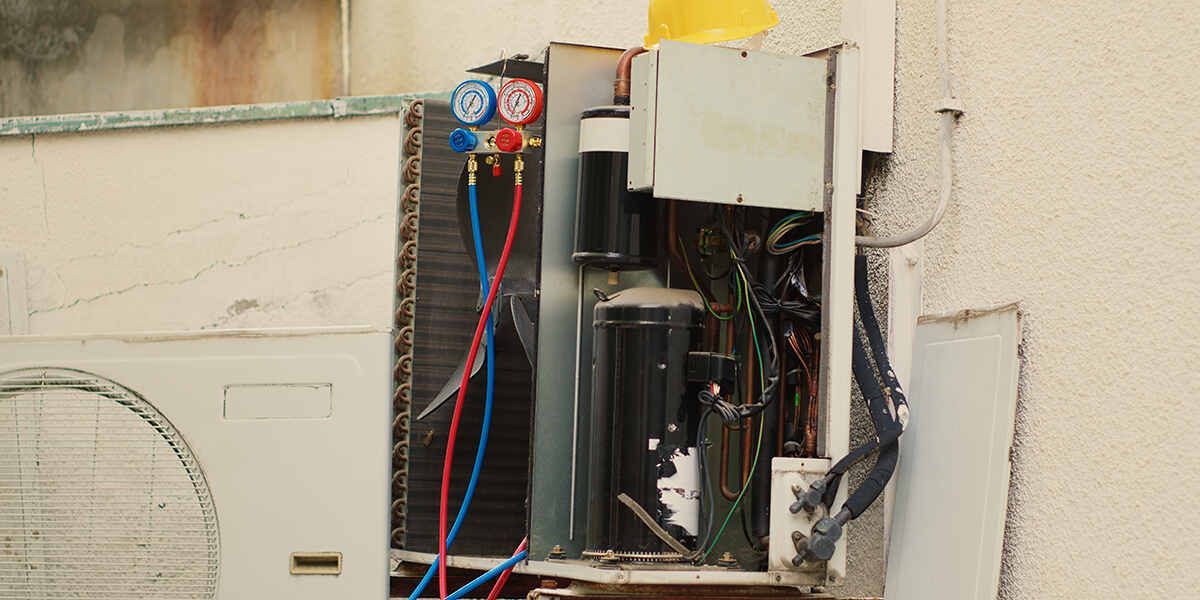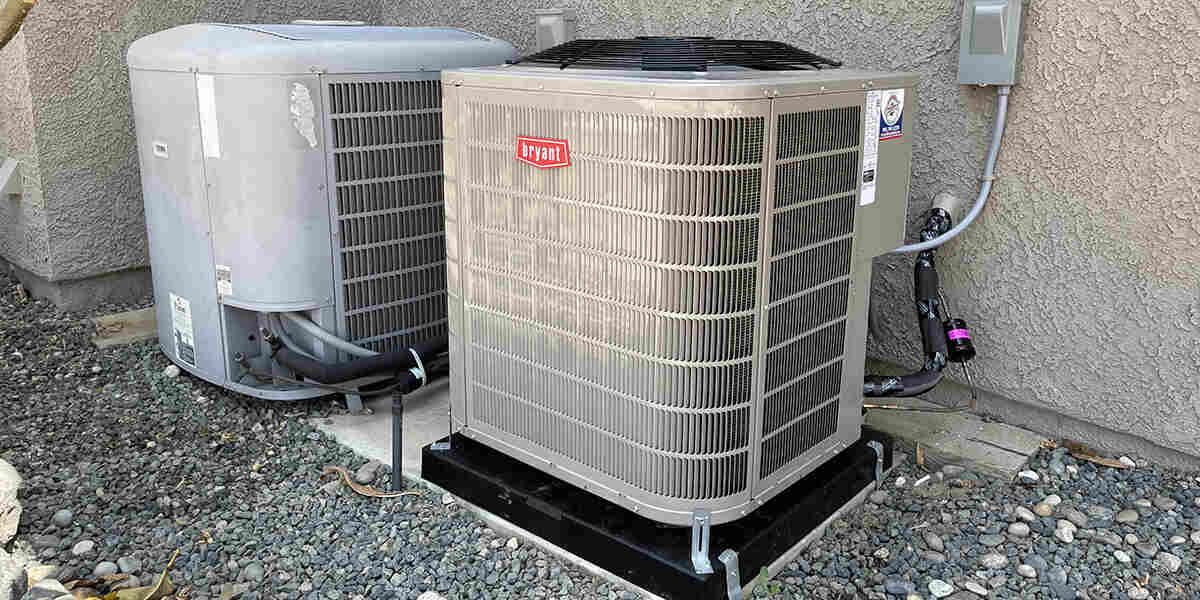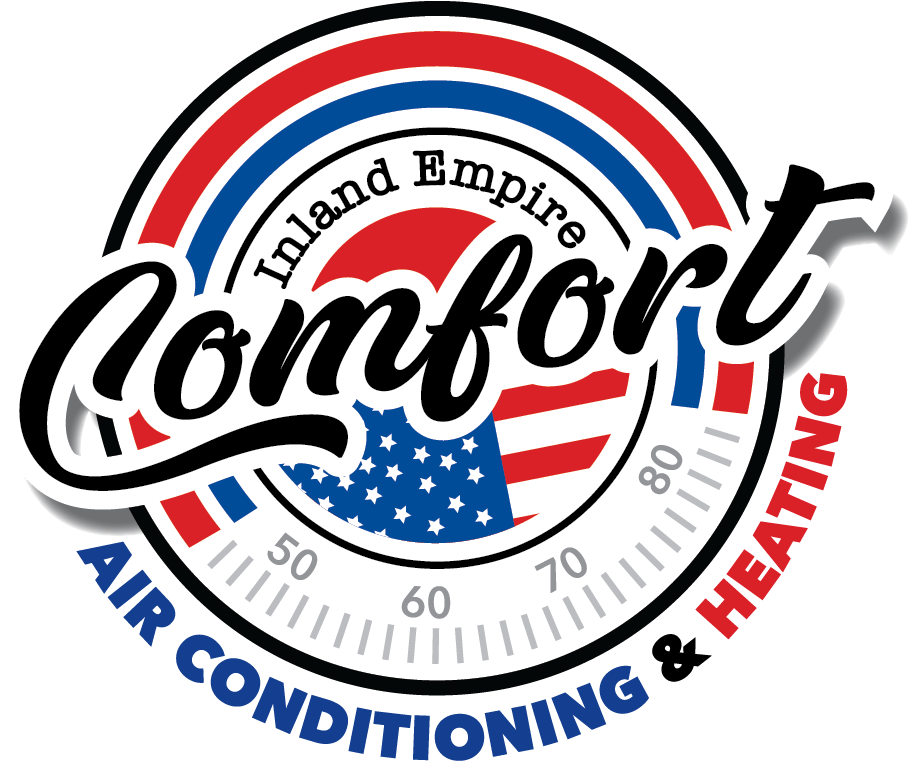What Happens if You Have a Cracked Furnace Heat Exchanger?
If you’re like most people without experience in furnace repair, its innards may be a mystery. Your experience with your furnace or HVAC system may be limited to the vents that supply climate-controlled air to your home. You only have a reason to think about hidden parts like the heat exchanger when they fail.
If you have a cracked furnace heat exchanger, the consequences will be readily apparent. Your furnace might produce strange sounds and odors, and at worst dangerous fumes and soot.
Heat exchangers are important parts of heating, air conditioning, and other climate control systems. This article is about cracks in the heat exchanger of a furnace. If you would like to know more about the effects of a cracked heat exchanger in your air conditioning, visit this blog post to learn why your AC is hissing. In this blog post, we focus on the practical consequences of a crack in your furnace heat exchanger. What are the consequences, and what can you do about it?
The Basics of the Heat Exchanger
A gas furnace generates heat by combustion, converting fuel into gases and heat. The gases generated by combustion are toxic, but the heat is imperative for keeping the occupants of the house warm. The heat exchanger carries out the vital task of keeping the gases from getting into the house while allowing the heat to go through.
Heat exchangers contain metal tubes that allow the hot gases produced by the furnace, called flue gases) to pass through the heat exchanger on the way to the chimney. The house air flows between the tubes and absorbs heat from the flue gases through the walls of the tubes.
What the Heat Exchanger Does
The heat exchanger prevents the gases from the furnace from contaminating the air that will flow through the house. Naturally, it is important for the metal tubes of the heat exchanger to be unbroken and airtight.
Corrosion, damage, and faulty combustion can cause cracks in the heat exchanger. When the heat exchanger is cracked, flue gases can escape the tubes and mingle with the air that flows to the rooms of the house.
Signs of a Cracked Heat Exchanger
When flue gases escape through a cracked furnace heat exchanger and enter your ductwork, they produce a foul odor. If the crack was the result of incomplete combustion, soot might build up in the furnace and come out through your heating vents and stain the walls.
A furnace with a cracked heat exchanger might produce noise as the heat causes the crack to expand and gases move through it. These noises could be rattles or thunks. In a properly functioning heat exchanger, flue gases stay within the tubes and do not have the opportunity to produce sounds.
Effects of a Cracked Furnace Heat Exchanger
A cracked heat threatens the life of anyone living in the home. It poses a fire hazard and a risk of death from inhaling toxic fumes.
The safe operation of a furnace depends on a carefully controlled environment in the combustion chamber. A precise mix of air and fuel allows the fuel to burn so that it creates heat but does not damage the furnace. A cracked heat exchanger causes the mixture to become uncontrolled, potentially leading to an explosion that damages or destroys the furnace and sets the home on fire.
Perhaps the most insidious effect of a cracked heat exchanger is carbon monoxide poisoning. Carbon dioxide, a flue gas, is odorless and colorless. You might not notice it until you suffer symptoms such as headaches, confusion, dizziness, and vomiting.
Carbon monoxide prevents your blood from delivering oxygen to your brain and body. Loss of consciousness or confusion could prevent you from leaving the home even when symptoms become apparent. Carbon monoxide poisoning can lead to permanent brain damage or death.
If you have a carbon monoxide detector, it will alert you to the presence of carbon monoxide in the flue gases. Some states require detectors in homes. Even if they don’t, they can provide a life-saving early warning of a heat exchanger crack.
Replacing the Heat Exchanger
It would not be safe to try to repair a heat exchanger. A repair technician would have to take the furnace apart and replace the heat exchanger. Depending on the cause of the crack in the heat exchanger and any damage caused by incomplete combustion, other parts of the furnace might need repair or replacement. The job will require a full day or more to complete and could cost hundreds or thousands of dollars.
A properly maintained heat exchanger should last fifteen or twenty years. Making sure that the furnace filters are clean, that the vents are not clogged, and that the parts of the furnace are in working order all extend the life of your heat exchanger. An annual inspection of your furnace allows you to identify problems early and prevent conditions like clogged filters that could lead to a cracked heat exchanger in the future.
Professional Furnace Maintenance and Repair
If your furnace has shown any signs of a cracked heat exchanger, or if it is nearing the end of a 20-year lifespan, have the furnace inspected by an experienced HVAC technician. A professional will be able to spot danger signs, such as rust, soot buildup, and wear and tear on furnace components. Simply fixing the heat exchanger will not solve the problem in the long term unless the technician deals with the conditions that caused the crack in the first place.
For customers in the Riverside, CA, area, Inland Empire Comfort provides quality furnace installation, repair, replacement, and maintenance services. We have become one of the leading professional HVAC specialists in Riverside. At Inland Empire Comfort, we put your family’s safety and comfort first.
A cracked furnace heat exchanger is a true emergency. At the first sign of furnace trouble, do not delay. Call
(951) 336-1975 twenty-four hours a day, seven days a week for emergency furnace repair.
You might also like
Inland Empire Comfort
Book a Service Today
We will get back to you as soon as possible
Please try again later
Location
19071 Newsome Rd Riverside, CA 92508
NAVIGATION LINKS
All Rights Reserved | Inland Empire Comfort



